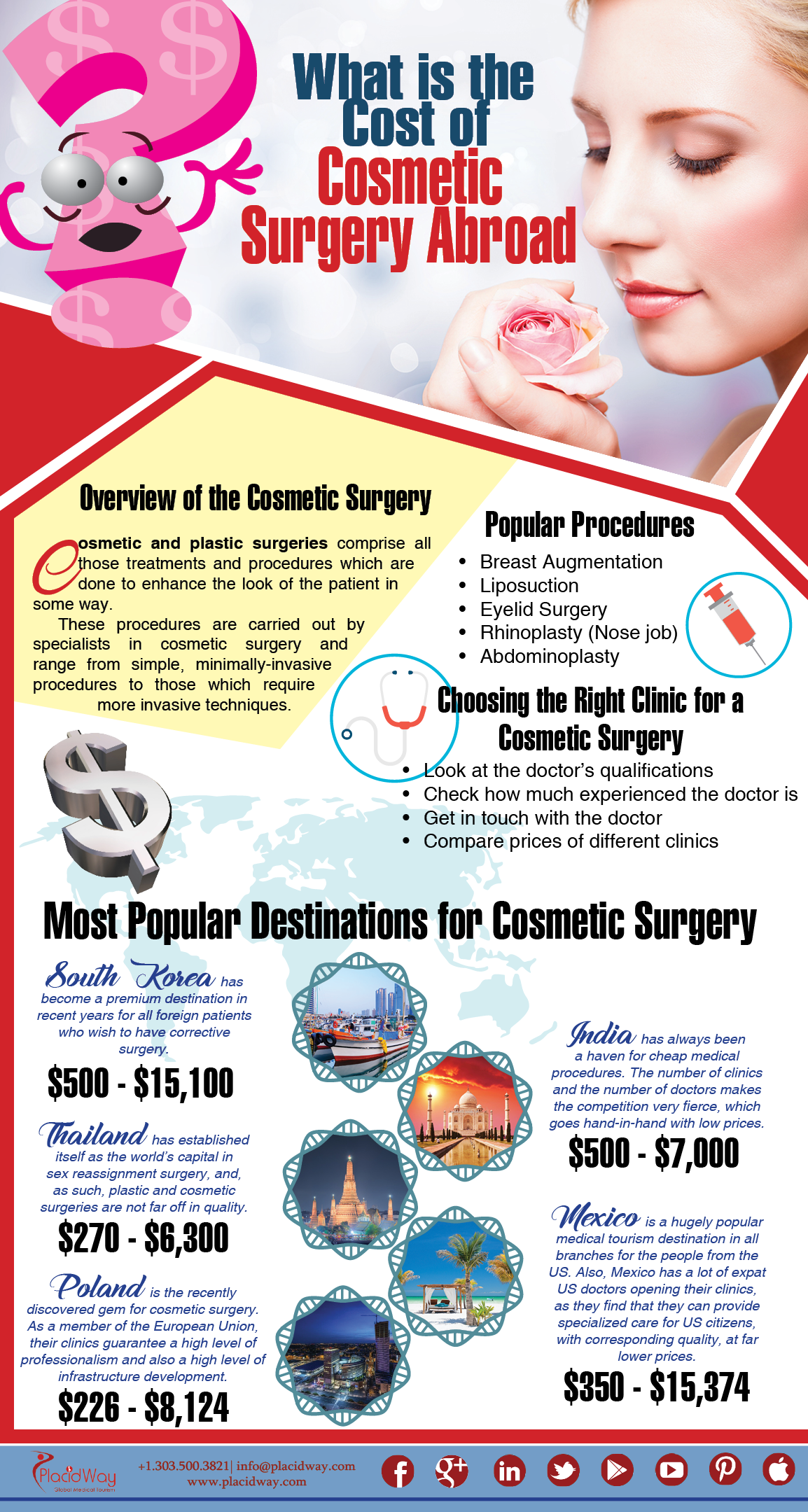Foods To Avoid For Clear Skin
Foods To Avoid For Clear Skin
Blog Article
Acne Treatment - What Are AHAs in Acne Therapy?
AHAs are a crucial component for unclogging pore blockages and brightening acne-prone skin. They work by breaking down dead skin cell buildup to advertise more recent, fresher cells, and avoiding future clogs.
Developing topical AHAs requires thorough attention to various crucial aspects that significantly impact their effectiveness and tolerability. Preserving the optimum pH array, along with car choice and focus, intensifies their exfoliative attributes while reducing prospective negative responses.
Glycolic acid
Glycolic acid is recognized for its light yet effective exfoliating homes, which advertise skin's all-natural dropping and loosen up the "adhesive" that holds dead cells externally of the skin. This aids unblock pores and minimize the appearance of fine lines and wrinkles, as well as enhance general skin structure and tone.
Remarkably, topical glycolic acid has actually additionally been revealed to promote the manufacturing of collagen, which is important in keeping skin's suppleness and flexibility. It is necessary to keep in mind, nonetheless, that due to the fact that glycolic acid can stimulate the skin's sensitivity to sunlight, it is essential to wear sunscreen when using any products containing this ingredient.
Dermatologists pay careful attention to the formulation of items having AHAs in order to maximize their efficiency and tolerability. Creating AHAs with the ideal lorry, in addition to pH and focus factors to consider, enables ideal skin penetration while reducing prospective unfavorable reactions. This is particularly crucial for patients with delicate skin, given that AHAs are recognized to be gently annoying.
Lactic acid
Lactic acid is discovered in numerous over the counter skin care products and some more powerful specialist peels and therapies. It has the lowest molecular weight of all the AHAs and is able to penetrate much deeper right into the skin, where it is a lot more efficient at unclogging pores and exfoliating.
Like glycolic acid, it also stimulates collagen synthesis, which aids lessen great lines and wrinkles and improve skin appearance. In addition, it has moisture-retention residential properties, that makes it better for drier skin types than various other AHAs.
The substantial body of medical data substantiating the efficiency of topical AHAs sustains their utility in a wide variety of dermatological ailments and aesthetic concerns. These consist of complex skin renewal procedures, depletion of great lines and wrinkles, lightening of hyperpigmentation, healing treatment for actinic keratosis, and acne administration [2] Optimizing the solution of AHAs by stabilizing pH, concentration, and vehicle option even more enhances their healing capacity. These cautious factors to consider make it possible for skin specialists to deliver secure and efficient treatments that give remarkable medical outcomes.
Mandelic acid
Mandelic acid, originated from almonds, is another participant of the AHA household and is a popular active ingredient in products that help deal with acne. Its larger molecular dimension indicates it penetrates the skin a lot more slowly and delicately, which can minimize the potential for irritability. It's likewise less most likely to trigger soreness and other skin sensitivity problems, making it suitable for delicate skin types.
Mandelic Acid is believed to help reduce inflammation and increase hydration. It works by loosening up the bonds between dead skin cells, permitting them to shed and disclose fresher-looking skin. It also helps in reducing the appearance of bigger pores.
Developing topical products with AHAs needs a precise equilibrium of key aspects that considerably influence their effectiveness and tolerability. Specifically, the pH of an AHA formula has actually been shown to play a critical function in its ability to promote peeling and boost complexion and texture. Achieving this ideal focus is a skinlab difficult objective and calls for thorough focus to the various variables that impact the solution process.
Citric acid
Citric acid, discovered in citrus fruits such as oranges and lemons, is a mild AHA. It's less bothersome than glycolic or lactic acid, making it better for delicate skin. It also has astringent residential properties, helping to dry excess oil.
Like other AHAs, citric acid can be utilized in chemical peels and day-to-day active/maintenance treatments to scrub the skin and advertise cell turnover. It can help in reducing the look of dark areas and hyperpigmentation, along with fine facial lines.
It can additionally increase the synthesis of glycosaminoglycans, which play a crucial role in enhancing the skin obstacle function. This assists to avoid trans-epidermal water loss, and maintain ideal hydration degrees in the skin [35]
AHAs can be combined with calming active ingredients such as ceramides or hyaluronic acid to improve their tolerability. They can be integrated right into daily active/maintenance skincare via cream or lotion solutions. This allows specialists to customize their AHA treatments based on person needs and preferences, with the versatility of picking from different treatment strengths or focus.